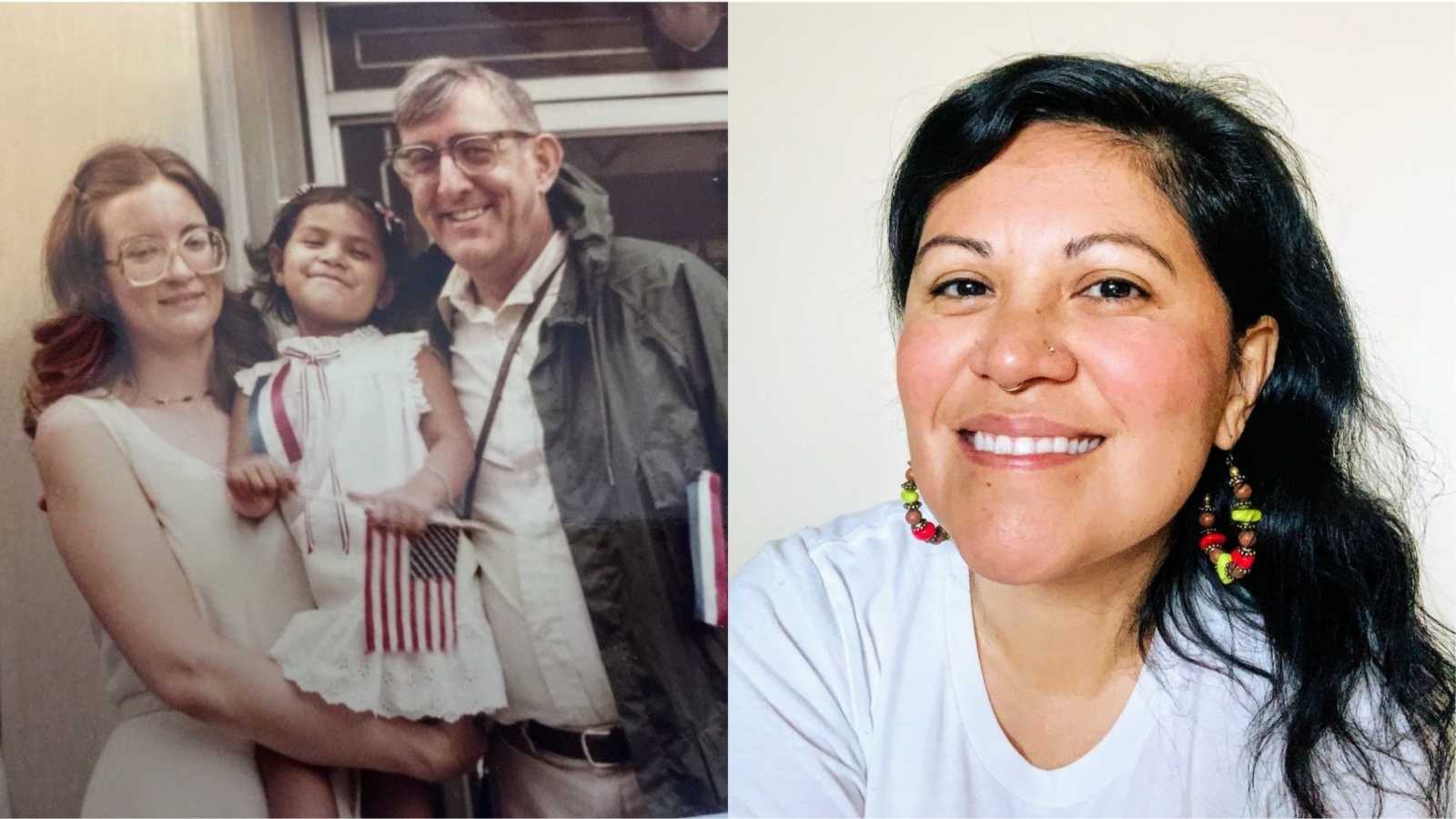“Being severed from my ethnic culture was not my choice as a child, but reclaiming my culture as an adult has been my choice. This is my personal story of how I lost what was once mine and gained it again through years of searching.
It was June 1983, and my adoptive mother traveled to El Salvador from the Midwest to meet me for the first time. Although I don’t remember the first time we met, I can tap into the feelings of the three-year-old who was confused, lost, and didn’t understand what was going on. Little did I know I was being uprooted from my language, my culture, and my homeland to move to a foreign country where people didn’t look like me, speak like me, act like me, or dress like me. The meeting was quick, and before I knew it I was on a plane to St. Louis, Missouri, where I would commence my journey in the search for home.
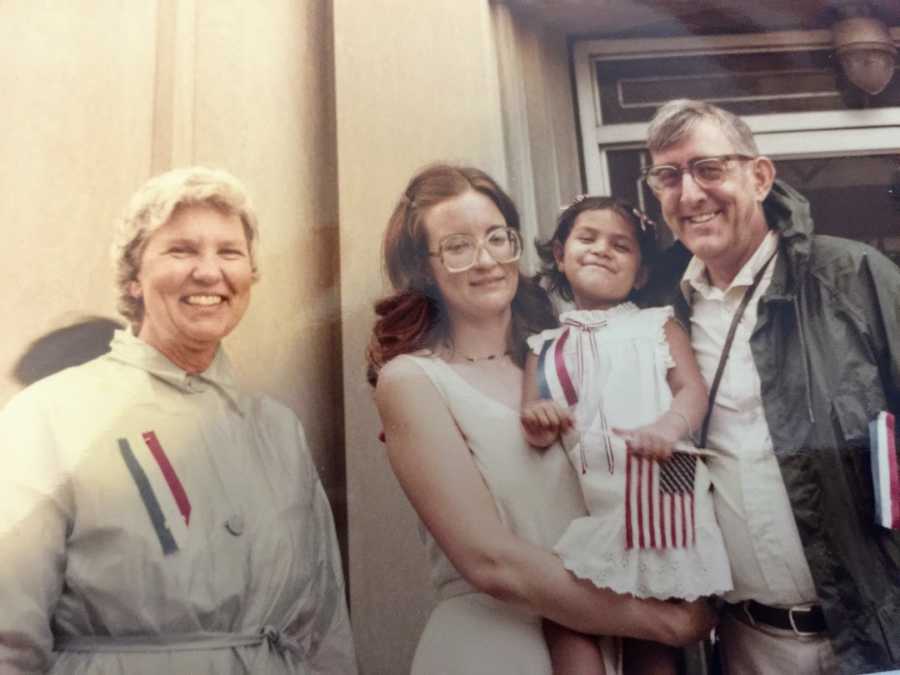
If you can imagine, as a child I was forced into survival mode. For me to be able to communicate with my family I HAD to learn the language quickly. I spent the first summer with my new mom and her parents acclimating quickly to my surroundings, learning English, and becoming a whitewashed, brown-skinned child. My ability to acclimate or be a ‘chameleon’-type personality ended up coming in useful quite a bit as I grew up.
As a very small child I didn’t have any memories of being different, however, it didn’t mean I wasn’t taking in my surroundings like a sponge. I have a very vivid memory in kindergarten of meeting a girl who was of Indian decent and being so excited we had the same skin tone, I put my forearm against hers and exclaimed, ‘We are the same color!’ You see, in the 80s, I lived in white-suburbia St. Louis; in other words, there were no people of color. I had no playmates who were of color in my neighborhood until my adopted sister came along in 1987. My mother did befriend a woman who also adopted two girls from El Salvador, and the four of us would play, and often we were the only children of color at the local playground or outings we went on.
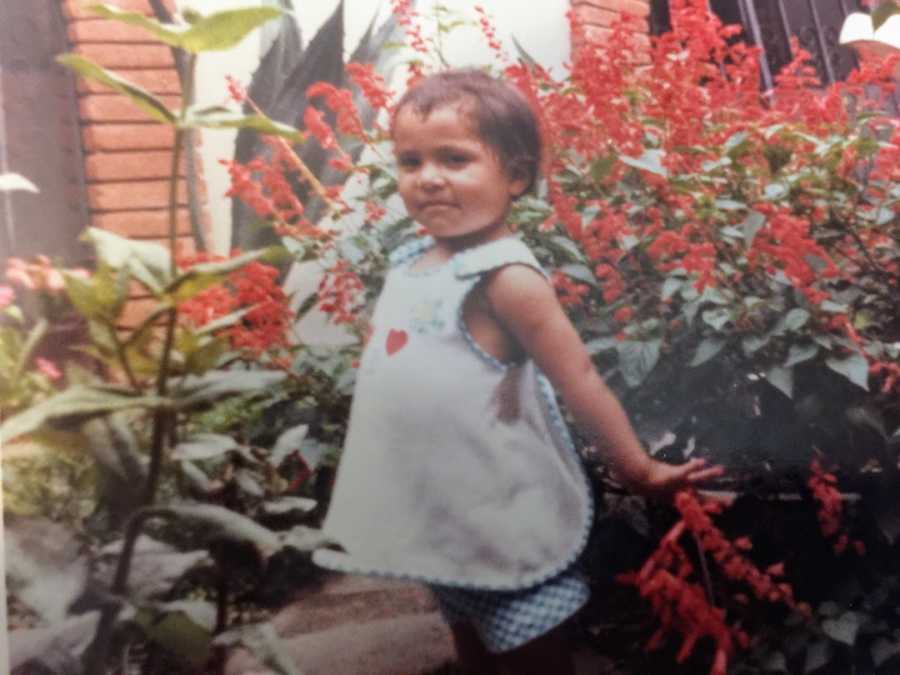
I didn’t realize what an impact it would have on me later in life, the complete void of local friends of color, role models of color, and not being exposed to my Latinx community. Don’t get me wrong, I had opportunities to be exposed to my Latinx community on multiple occasions, but it was sporadic. I went through grade school being subjected to whiteness in school, at camp, at church, and my community. I felt SO alone. Not only did I not have anyone who looked like me, but I also felt a complete sense of unbelonging, based on looking different than my family. The feeling of marginalization manifested itself into anger, frustration, lashing out, violence, sadness, depression, and often, thoughts of suicide.
Joining a Ballet Foklorico group when I was twelve years old was the brief insight I needed as a child to the community I was missing out on. I got to dance all over stages in St. Louis, meeting, conversing, and immersing myself in the Latinx community I longed for. Those times gave me vivid feelings of excitement and pride, for I finally felt like I belonged somewhere because of the way I looked, even if I couldn’t speak Spanish. I decided that year it was going to change. I wanted to learn Spanish and had the opportunity to dive in when they offered it at my middle school.
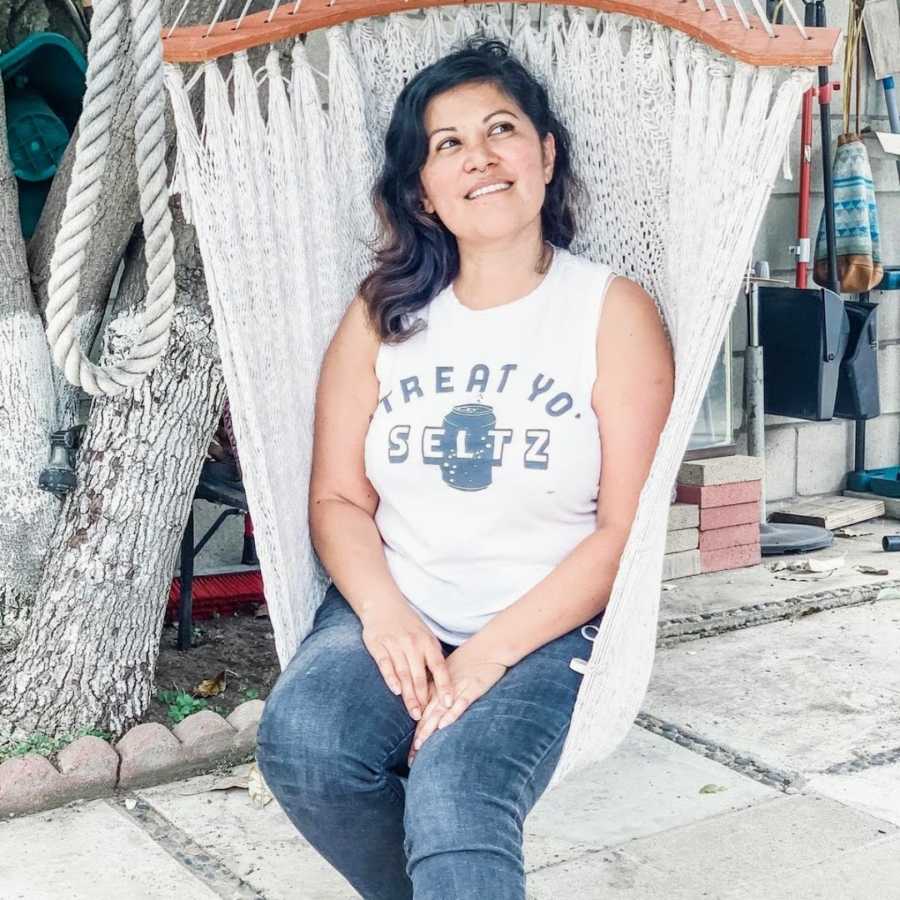
Fast forward to high school, and like many adolescents, they were the most trying years of my life. Wave after wave of insecurity, unworthiness, and sadness filled me up daily. As a teenager, because of the way my family was structured, I was not encouraged to speak or share my feelings. As a single mother, my mom was constantly on the go. She worked long hours as a teacher and raised the two of us, but also severely struggled with exhaustion, adrenal fatigue, and her own personal health. I was never provided a safe space to speak, to use my voice, or to be the person I wanted to be. Luckily, because I have always been an outgoing person, finding outlets for myself was not hard.
I joined the tennis team, continued my Ballet Fokloricko, and kept as active as I could. Because I was raised by an educator, the expectations were very high for me to succeed. I was often told I ‘had to work harder’ because of the way I looked, and ‘people wouldn’t take me as seriously’ because of the way I looked. It re-ingrained in me this narrative of ‘I have to struggle,’ and I carried this through adulthood. I didn’t want to be different. I tried desperately to fit in and be accepted, including trying to befriend some of the other Latinx kids at my high school, only to feel rejected by them because I wasn’t ‘Latina enough.’
My junior year in high school was a pivotal year. I befriended a girl who was biracial: her mother was Mexican and her father was white. We didn’t speak much about it, but I was drawn to her and her experience as someone straddling two cultures. I felt I was somewhat doing the same, being raised by a white parent on the search for my Latinx identity. College was when I really began to blossom. Leaving the nest at eighteen and venturing into the dormitories at college was the best thing I could have done for my personal growth journey. But being at a small liberal arts college didn’t go without its marginalization. I learned quickly my comfort zone was sitting with the international students, most of whom were of color and would sit at tables away from all the white students.
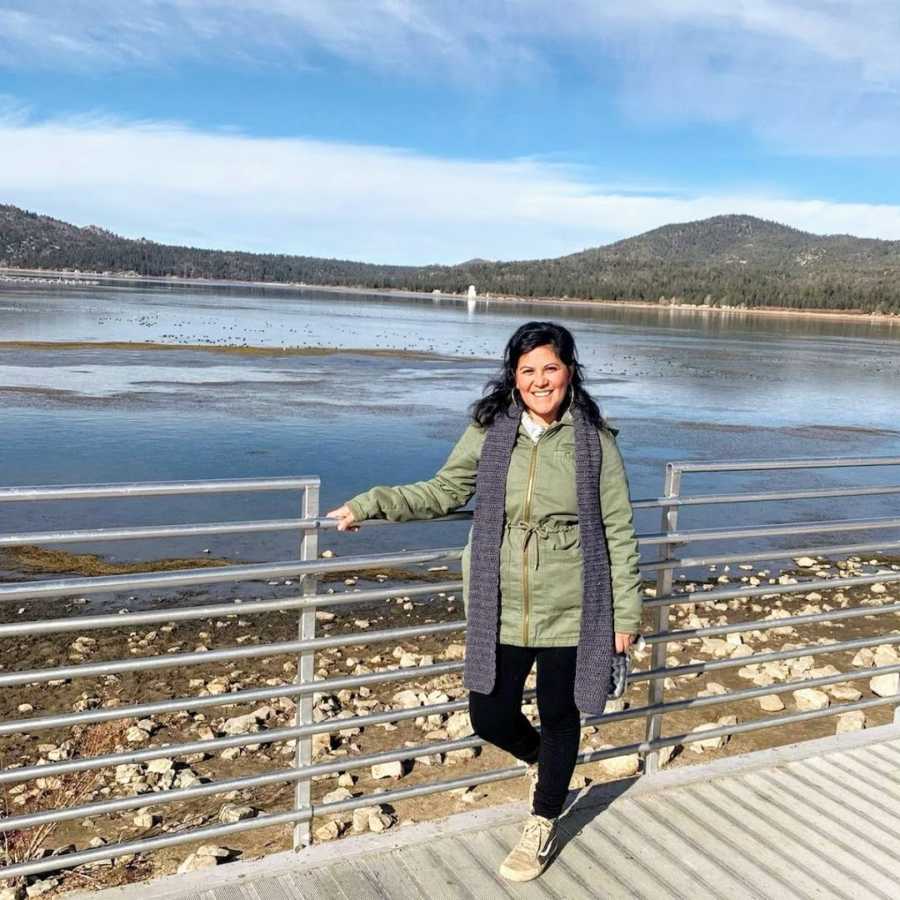
I say it was a comfort zone because we all experienced similar narratives of navigating whiteness. I, on the other hand, because I was subject to whiteness in my own family, was able to navigate both sides of the coin, but not without difficulty. Often students from Latin American countries didn’t have patience with my Spanish and looked at me oddly when I said I was adopted and raised by a white mother. My white student friends never asked about my experience of being adopted, being raised by a white woman, or being a Latina woman, and would say things like ‘I don’t see color,’ which often left me feeling like I was their token ‘brown friend.’ The accumulation of years of not belonging came to a head my sophomore year, when I fell into a deep, dark depression.
It looked like I had it together on the outside, as I was part of numerous student organizations, was making good grades, was perusing a double major, was a T.A., was a part of the tennis team, all the while on the inside I was crying out for help. A grand pivotal moment was when I went on my first study abroad trip the winter of my junior year. I journeyed to Nepal, my first international travel since being adopted, and was immersed into the rich, vibrant culture. During my travels, I saw firsthand what a developing third-world country looked like, and I kept reflecting in my journal how strange it felt to be wistful of the life I was torn from, but yet so lucky not to have.
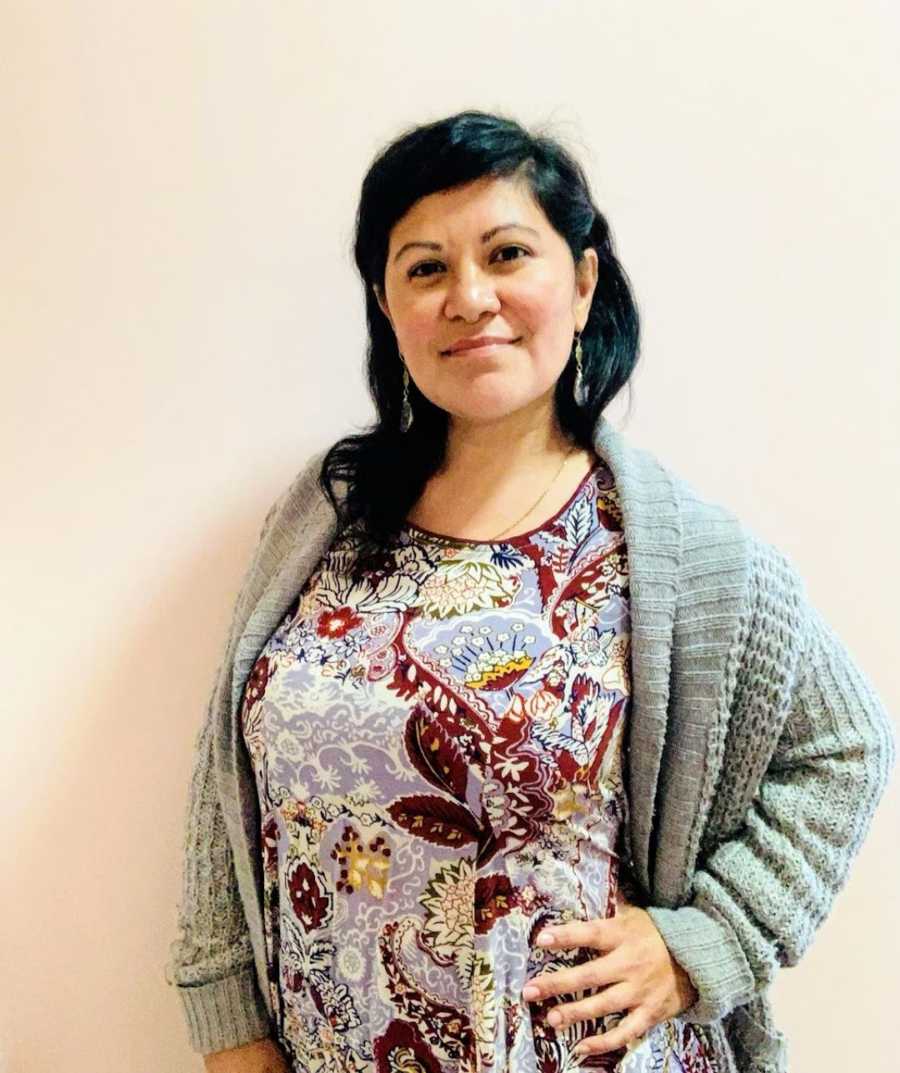
I was told so often as a child, ‘You are so fortunate to be adopted! How lucky you are! Can you imagine where you would be if you hadn’t been adopted?!’ These questions kept swimming in my 20-year-old brain, and it made me have an overwhelming sense of guilt. The feeling of guilt, and also pride, is very common within the transracial adoptee community. Guilt has formed in us from years of people telling us we need to feel grateful, but also pride because we have such a unique story. Luckily, the pride took over for me the last few semesters in college. I was able to help start the Latin American Student Union (LASO), and a women’s organization, and do another study abroad in Peru my senior year.
Peru was the experience of a lifetime. I was finally immersed in the rich Latin culture I was searching for my whole life. Before I knew it, I was speaking Spanish like a local and even being mistaken for one. I felt so at home I didn’t want to leave. After gradating from college, like most post-college students, I didn’t know where my path would take me. I got offered to come out to San Diego, California, and decided I would take my friend up on her offer. I threw everything I owned into my Ford and ventured out to San Diego, not knowing anything about it, not having a job, and only knowing two people. Upon coming to San Diego, it was major culture shock. I had no idea it was full of the Latinx community.
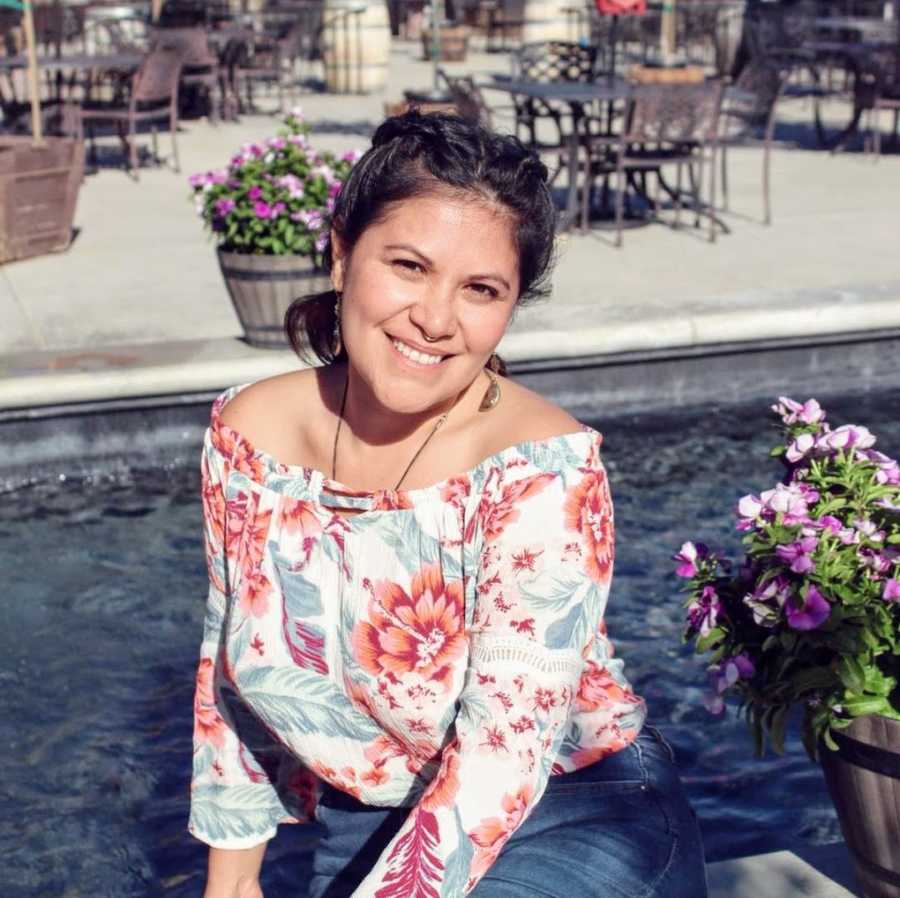
I fell deeply in love with San Diego and its people. The community with Mexican ancestry, who called themselves Chicanos, became my people. Chicano is an identity-name, constructed to convey the ‘straddling of the border of two communities.’ I knew what this felt like, to be constantly straddling or negotiating my cultural spaces. It is hard work and exhausting at times. I learned a lot more about myself when I attended graduate school five years into moving to San Diego. Without realizing it, I was drawn into identity construction, race, and ethnicity research, which lead me to discover my passion for learning about transracial adoption.
I became my own research. I dove deep into the transracial adoptee identity narrative, and at the time, 2007-2010, there was little to no research done on adoptee identity construction. It was through this process, interviewing other adoptees, reading articles, watching videos, and seeing people reunited with their birth families, I discovered the feelings of unbelonging, depression, sadness, and suicidal thoughts were not just my own experience. There were others who felt the same way. I felt like I was not as alone anymore. Now, with the surge of social media, we have access to many other stories like my own, and I am grateful we have the opportunity to share them.
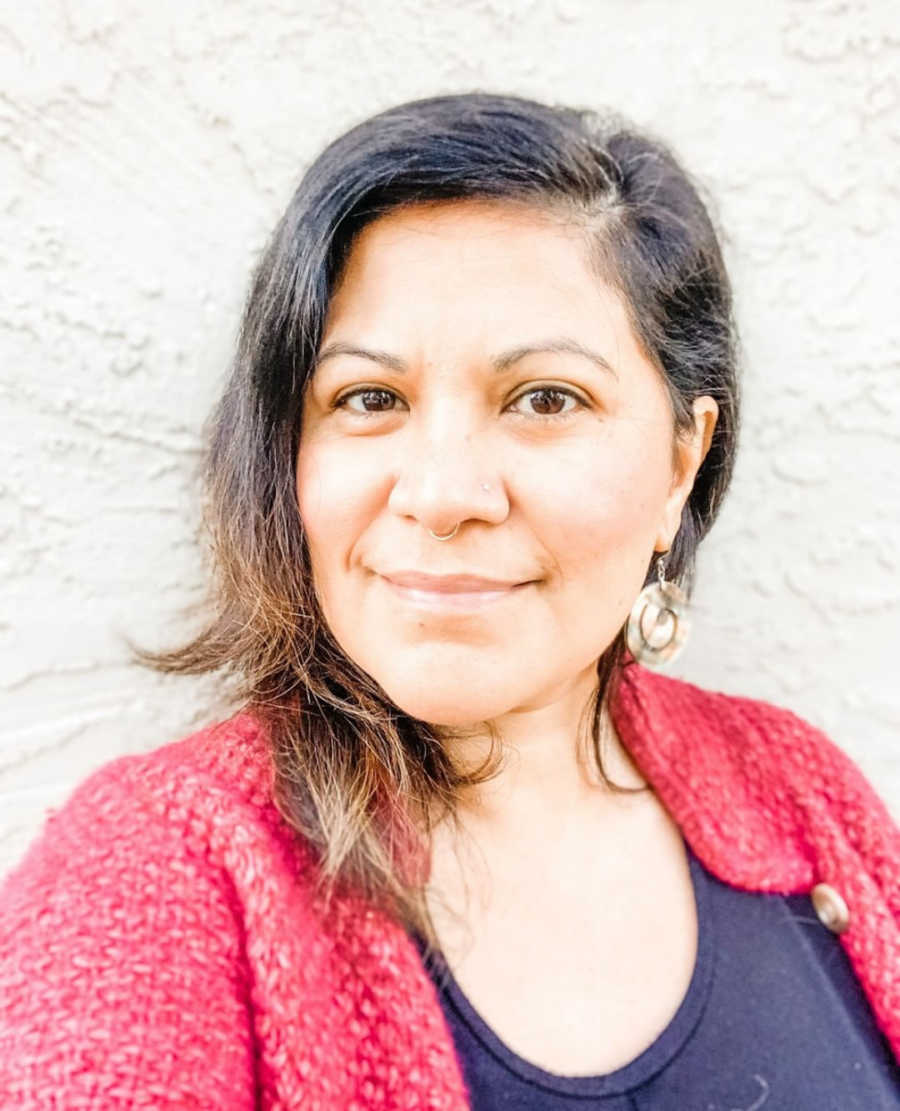
The international transracial adoption identity is very unique because we carry ancestral trauma from our homelands, we are severed from our ethnic culture against our will, and we are transplanted into homes, where, most of the time, few people look like us. We are forced into whiteness. Most of us don’t have outlets in which we can express ourselves. This leads us to spend a majority of our lives feeling unwanted, and seeking people and things to make us feel whole again, as destructive as it can be.
Being a Latina transracial adoptee is a very complex identity to carry around for years, but I made the conscious decision to celebrate it in all its uniqueness. This being said, I am changing the narrative of what it means to be Latina. In reclaiming the pieces of my ethnic culture for myself, it has allowed me to live my life more authentically and more purposefully. I have finally found my home; it has been in me the whole time. I hope by sharing my personal story, it gives you permission to do the same!”
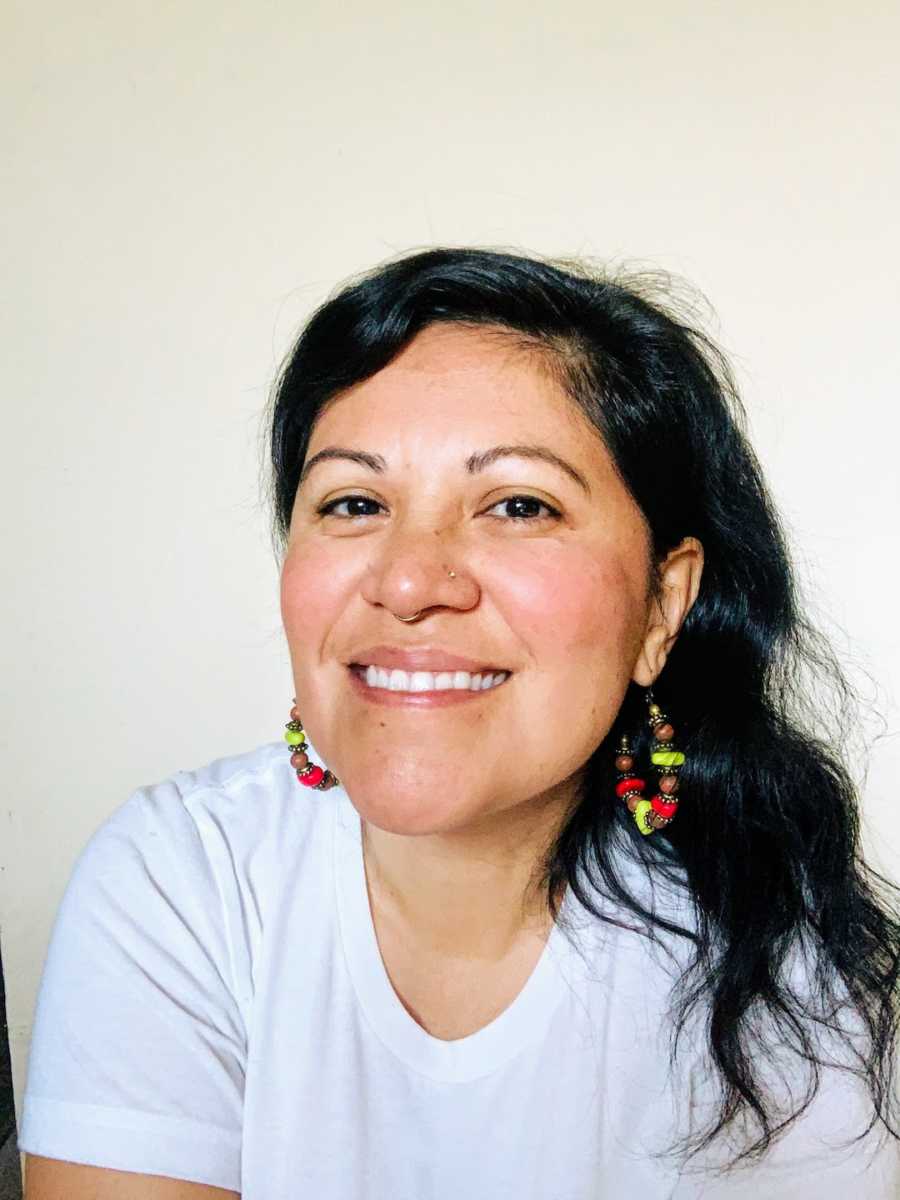
This story was submitted to Love What Matters by Sarita Buer of San Diego, California. You can follow her journey on Instagram, Facebook, and her website. Submit your own story here, and be sure to subscribe to our free email newsletter for our best stories, and YouTube for our best videos.
Read more beautiful stories about transracial adoption:
SHARE this story on Facebook to help celebrate unique and beautiful differences!

